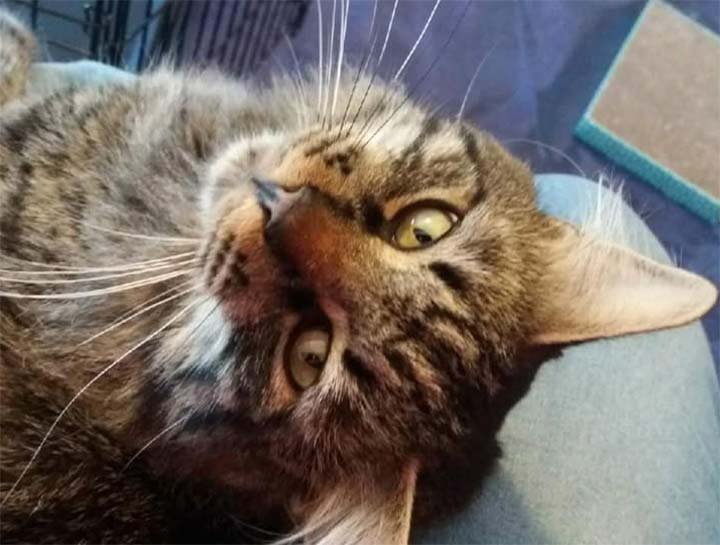Why do our cats need health screening and regular check ups?

Cats are masters at hiding their signs of illness. We have to remember that they have only been living with us as primarily house pets less than 100 years and all of their behaviors are still very much geared to keep them alive out on their own. It's not a good idea to let other critters see weakness out there. Their ability to act fine in the face of disease makes it hard for us to recognize the subtle changes that indicate that a problem is brewing. Our cats can't speak, they can't tell us if they feel unwell or have any other indicators of internal illness until disease has greatly progressed. Let's try to pick up problems early. It's almost always easier and less expensive to deal with a problem that has been detected earlier rather than later. We want to examine them every 6 months and get a good physical exam as well as ask you questions about what's going on at home. In our younger cats, those less than 7 years of age, we are paying particular attention to weight and behavior problems that might be trying to sneak up on them. Waiting an entire year can let a problem take hold in such a way that it will be more difficult to turn around. Wouldn't you like to prevent a potential litter pan problem before you actually had to deal with it? And keeping weight off is a heck of a lot easier than getting weight off.
And then there is the ongoing challenge of dental disease to monitor. The statistics show that 60% of cats already have periodontal disease by the age of 3. Sad but true. If your cat is going to be prone to gingivitis and periodontal disease, we can help save more teeth if we keep them cleaned and assessed regularly. We all have friends that brush and floss and do everything they are supposed to and they still have to see the periodontist every 4 months. Other people don't take care of their teeth and have little problem. It's the genetic luck of the draw. Same thing with our cats. Let's stay on top of your cat's mouth so worse disease doesn't take hold.
As our kitties age we will also want to run some routine screening tests to detect common underlying disease BEFORE it is clinically apparent. Managing the chronic diseases that affect our older cats earlier keeps them feeling better longer and is usually easier on your pocketbook as well. This is where"helping you make every day the best day your cat can have" really pays off. Don't we all want to have as many good days as possible?
Use the age chart below to find your cat's age in "people" years (as well as your dog's) and the screening recommendations for each stage of their lives. It's color coded for life stages in cats: green for young and middle aged adult, yellow for senior and red for geriatric
We believe the following recommendations give you the best chance of helping your cat live a longer, healthier life.

Green/Adult: Every 6 months - A physical exam and assessment of home life, especially for weight and behavior. We pay special attention to vomiting in all age groups. It is never normal to vomit more than 1-2 times a month, regardless of what's in it. There's tons of GI disease in our pet cats. Once a cat turns 7, we'll start discussing periodic lab blood tests and urinalysis that screens for common problems that we anticipate. We also will start recommending checking blood pressure then as well. Baselines are important to have so you can establish what's normal and what's not as the years go by.
Yellow/Senior: Every 6 months, and we really mean it. Big changes can occur over a 6 months period once cats approach double digits.- Blood pressure, more comprehensive blood test and urinalysis to look hard for common diseases like hyperthyroidism, kidney disease, and diabetes. We will also start asking targeted questions about mobility. There's a lot of arthritis in our older cats.
Red/Geriatric: Every 3-6 months, as by this time, most cats are showing some signs of some chronic disease that needs to be monitored more closely. Maybe even more if it will help better manage. And we're not talking about over the top extensive stuff, we're talking easy, reasonable management recommendations like would help your elderly aunt. We will want to continue our monitoring as above and address problems as they come up. Every cat ages as differently, just as every person does. We have to remember that a cat in pain or illness just looks like a quiet cat. When a person restricts their activity because it hurts to go up and down stairs, or doesn't interact with their friends as much, it's usually because it feels bad to be more active. NOT because they are just old and choose to slow down. Same for your cat.
